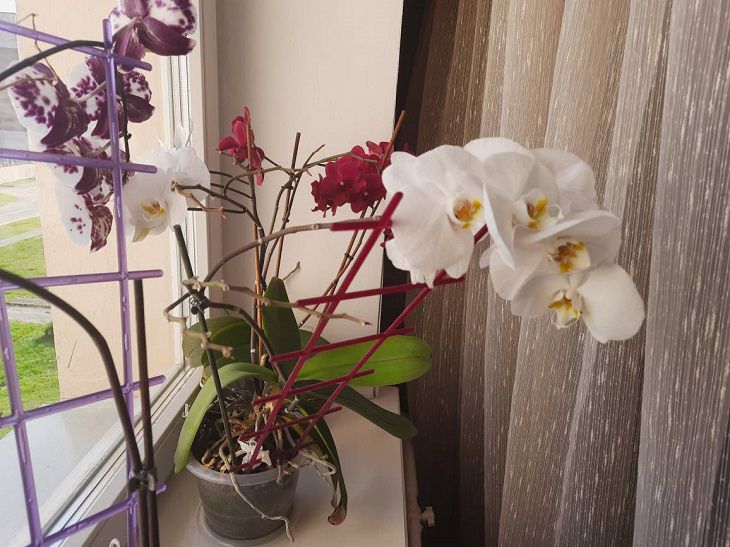Although orchids have a reputation for being difficult plants, most are easy to grow.
They do not require special care, some species bloom every year or even several times a year, and care comes down to regular watering and fertilizing. But if watered incorrectly, the orchid's roots rot and the plant dies.
Until this happens, you should learn to understand when a flower needs watering and when it does not.
A short trip to the plant's homeland
As strange as it may sound for a resident of the European continent, in natural conditions (tropics, subtropics) orchid roots do not grow in the soil.
They hang freely from snags and trees, extracting moisture and nutrients from the air.

Therefore, the flower is planted not in the usual soil mixture, but in crushed tree bark, a mixture of bark and coke substrate, or sphagnum.
This is done so that the orchid can feel in the pot approximately the same as in the wild. Its roots cannot live in an airless space.
The plant itself will tell you when to water it.
In nature, water cannot stagnate at the roots of an orchid, but in a pot, over-watering often occurs. As a result, the roots rot.
Orchids are tenacious, they often put out new roots on top of the pot. This is what saves them from overly caring owners who constantly grab the watering can.
The best indicator of when an orchid needs watering is the color of its roots. As long as the roots are green, there is enough moisture in the pot. And when they turn silvery-gray, it means they need water. You can see for yourself how the roots immediately change color after watering.
If the roots are brown, this is a sign of rot. The plant needs to be removed from the container, all rotten roots cut off, placed in a new substrate and normalized watering. The frequency depends on the conditions of your home and the time of year, but on average it is once a week.
Remember: an orchid does not need water if:
- condensation forms inside the pot;
- pieces of tree bark are dark brown or black in color;
- there is a feeling of moisture when touched;
- The pot is heavy.
It is recommended to water by immersing the pot in water so that the water does not reach its top by 1 cm. Keep it in water for 30-40 minutes. In this case, the substrate will absorb a sufficient amount of moisture, and the excess will then drain. If you water using the classic method, the water will simply flow out through the drainage holes, and the bark will not have time to soak up the moisture, which it will then gradually give to the roots. It is easier to pour water into a bucket or basin and immerse the pot in it.
This makes it convenient to fertilize. And the remaining nutrient solution can be used to fertilize other plants.








